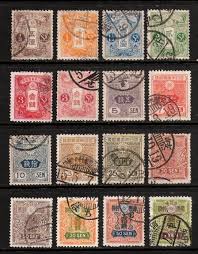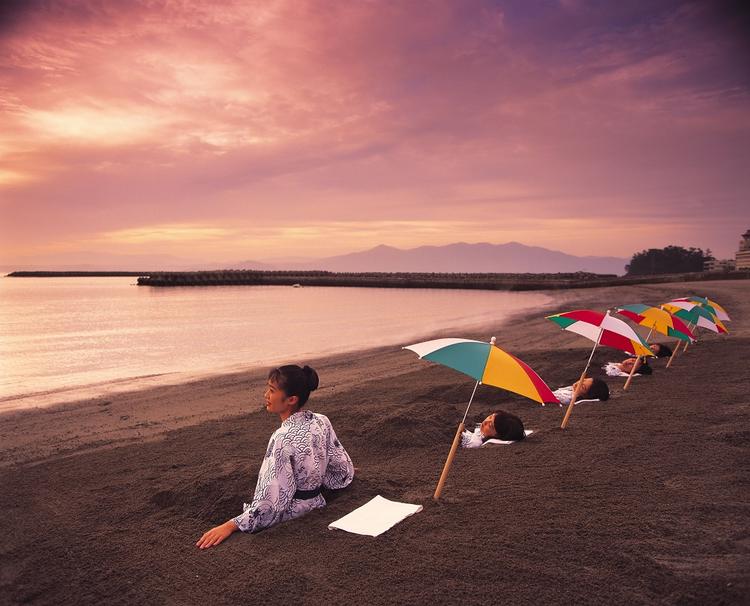JAPAN’S POSTAL MARKS
 Her Majesty Postage Stamp! It is a unique invention in itself. And she appeared at the behest of the time. Rather – at the behest of economic progress.
Her Majesty Postage Stamp! It is a unique invention in itself. And she appeared at the behest of the time. Rather – at the behest of economic progress.
The vigorously developing capitalism of the mid-19th century, industry, trade, transport, or, as they say now, “business”, needed a connection. Moreover, the communication is well-established, reliable, and, most importantly, publicly available, convenient and cheap. And this, I think, predetermined the fact that for the first time a postage stamp appeared in Great Britain, which had become by that time a powerful colonial power, a “workshop of the world”, a “world cab driver”, and a “world banker.” And the communication system that existed in the country at that time was cumbersome, expensive and required streamlining.
In 1837, a member of the House of Commons of the British Parliament, inventor and educator, Sir Rowland Hill published his project “Post Office Reform, its Importance and Feasibility”. In his work, he proposed to unify the postage fees throughout the country, to introduce advance payment for the shipment using “small pieces of paper sufficient to put a postmark on them, and covered with glue on one side, which makes it possible to stick them to the letter after wetting” [1]. In fact, this was the first definition of a postage stamp.
The use of the stamp allowed the sender to pay for the sending of the letter himself; The use of glue on the back of the stamp made it easy to stick it on an envelope, which was more convenient than buying stamping envelopes that existed before in a number of countries (including Russia).
And then came May 1, 1840. On this day, the first brand was issued. Here is what Rowland Hill wrote about this day in his diary: “For the first time, stamps are issued today for the public. A terrible bustle at the post office.” By the way, the official date of receipt of stamps in circulation is considered May 6, 1840.
It was the famous brand of “black penny” – so it was called because of the color. It depicts a portrait of the English Queen Victoria. The stamp was entrusted to an engraver named Heath. In the same year, a two-penny blue mark with the same pattern was also released.
Barely born, the postage stamp immediately began to conquer the world. In 1843, she appeared in Switzerland, then crossed the ocean and appeared in Brazil (1843) and the USA (1847). Developed Europe: Belgium, Germany, France (1849), Austria, Spain (1850), Denmark (1851), Portugal (1853). It was introduced in Australia (1850) [2].
Around the same time, in the 30-40s of the XIX century, an industrial revolution began in Russia. Active railway construction is underway, trade is developing.
In 1851, General V.F. Adlerberg sent a department official A.P. Charukovsky abroad to study postal affairs. In England, Alexei Prokhorovich visited the Perkins, Bacon and Pitch printing house, where postage stamps were printed, and carefully examined the entire production process. In September 1856, the Council of State considered the “Note on the introduction of stamps for simple correspondence” and decided “… Allow the Commander-in-Chief of the Postal Department, regardless of the existing transfer of private letters in simple and stamp coupons, to introduce stamps for the same correspondence throughout the empire … ” This decision was approved by Emperor Alexander II on November 12, 1856. The first issue of Russian postage stamps included one toothless stamp with a face value of 10 kopecks [3].
The first Russian postage stamp depicts the Russian coat of arms. Denomination -10 kopecks per lot, i.e. for 12.8 grams. This set the cost of sending a letter in Russia, regardless of distance.
In Turkey, which, like Russia, is located on two continents, the first brand appeared in 1863. The first brands of countries located only on the Asian mainland appeared in the colonies (India – 1854, Hong Kong – 1862). But the first independent country located only in Asia, which issued its postage stamp (based on the materials that I could find) was Japan.
And again, the brand, this time Japanese, appears in the era of reform. In 1867, at the age of 14, Emperor Meiji (1852-1912), the 122nd emperor of Japan, ascended the throne. His real name is Mutsuhito. The son of Emperor Komei, His Majesty Mutsuhito ruled from 1867 to 1912. Meiji era is named after the emperor’s motto – “Enlightened rule.”
The era of reform began, during which Japan from a backward feudal state turned into a strong imperialist power. The economy was changing.
Here are just a few chronological milestones of change in Japan:
* 1870 – The beginning of the telegraph communication between the cities of Tokyo and Yokohama.
* 1871 – The yen is recognized as the official monetary unit in the monetary circulation of Japan. The gold standard has been adopted instead of the silver one, adopted in 1870. The beginning of the publication in Yokohama of the first Japanese-language daily newspaper Yokohama Mainichi Shimbun.




